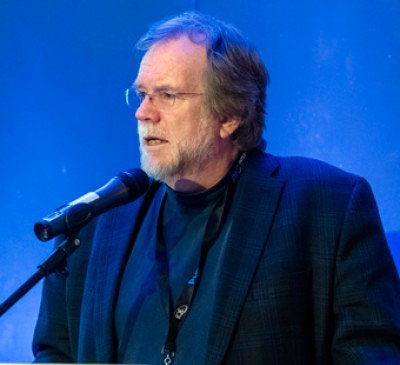About This Webinar

Alignment time is the largest contributor to the cost of silicon photonics and optical assemblies. New industrial automation technology dramatically shortens the time required to optimally align multiple photonic or optical elements, typically by 99% or more. Scott Jordan explains how high-speed parallel alignment capabilities now span the full range of motion solutions available today. Slow-looping serial sequences can be replaced with simultaneous, parallel processing, high-speed mechanisms. Once aligned, optimization can be continually tracked to address drift processes ranging from glue curing to thermal stresses. The technology is firmware-based, meaning one intelligent command can autonomously optimize complex photonic and optical assemblies. For applications in which alignment is critical — such as the manufacture and test of silicon photonic chips, printed circuit boards (PCBs), imaging optics, virtual reality (VR) headsets, and automotive headlamps — high-speed automation technology is an essential part of the production engineer’s toolkit of cost-saving solutions.
Fast alignment technology was first introduced to speed up silicon photonic wafer probing and package assembling. The technology quickly achieved industry-standard status. Now, fields of application have expanded from its original use in piezo nanopositioners to implementation into modular stacked-axis motion assemblies, gantry (Cartesian robot) configurations, and hexapod microrobots. Increased implementation significantly reduces cost for the test and assembly of large-format substrates such as circuit boards, coupons, trays, and carriers. Substrates containing emitters or detectors, or both, also benefit. In one example, a PI customer reported an alignment process time reduction by a factor of 130. This is commensurate with the time and cost savings seen in previous, chip-level applications. Jordan overviews high-speed automation technology and the dramatic benefit it brings to production economics for large-format manufacturing.

Who should attend:
Systems engineers, optomechanical designers, and anyone who employs precision motion systems for test, measurement, alignment, precision assembly, and optimization tasks. Engineers or researchers working with cameras, sensors, fiber optics, lasers, LEDs, or nanophotonics used in applications for aerospace, defense, machine vision, or semiconductors.
About the presenter:
 Scott Jordan is head of photonics for PI (Physik Instrumente) LP and is a PI fellow. A physicist with an MBA in finance/new ventures, Jordan has made multiple contributions to the fields of photonics alignment automation, precision motion control, and optimization technologies.
Scott Jordan is head of photonics for PI (Physik Instrumente) LP and is a PI fellow. A physicist with an MBA in finance/new ventures, Jordan has made multiple contributions to the fields of photonics alignment automation, precision motion control, and optimization technologies.
About PI (Physik Instrumente) LP:
PI (Physik Instrumente) LP designs and manufactures high performance motion systems at locations in the U.S., Europe, and Asia. Industries and fields of application include silicon photonics wafer test, fiber alignment, laser processing, the life sciences and microscopy, astronomy and aerospace, medical engineering, and big science projects. With 50 years of experience developing standard and custom motion and piezo products, and with more than 1400 employees in 15 countries, PI is equipped to move customers’ next positioning and automation projects forward.